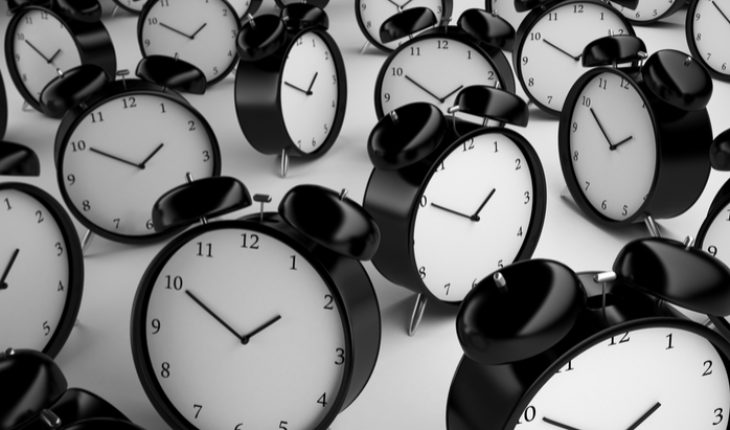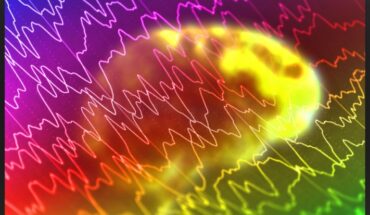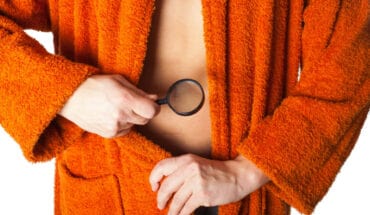If you’re tired all the time, you might not merely be working hard, you may have serious underlying medical condition known as obstructive sleep apnoea. It’s my belief that there are many people out there who are suffering from extreme fatigue but don’t know they have sleep apnoea – and they need to seek medical analysis.
Obstructive sleep apnoea affects 20 to 30 percent of adults and occurs when the upper airway closes off during sleep, temporarily interrupting breathing.
Obstructive sleep apnoea affects 20 to 30 percent of adults and occurs when the upper airway closes off during sleep, temporarily interrupting breathing.
With sleep apnoea, it’s a slow, insidious, creeping condition that causes real misery. You don’t consciously wake up, but you do keep having disturbed sleep were you stop breathing momentarily while suddenly taking a deep gasp of breath before you partially wake. It gradually erodes the quality of your life.
If it’s just happening to you on a slow, chronic, low level, you might assume you’re getting your seven or eight hours a night, and you struggle on. You don’t realise why you feel grumpy, angry, tired when you’re driving and you fall asleep when you get home.
And that has an impact on your entire life. If you don’t sleep well, you can’t function. With new research now linking sleep apnoea to increased levels of cardiac issues, obesity and diabetes, in my view it’s vital that the British public are better educated about the potential symptoms. Scientists at John Hopkins University in the US found that untreated sleep apnoea can increase blood sugar, blood fat, stress hormones, and blood pressure in just a few days.
The study, published in the Journal of Clinical Endocrinology & Metabolism, adds further support for the consistent use of continuous use of continuous positive airway pressure (CPAP), a machine made up of mouth mask and pump that increases air pressure in the throat to keep the airway open while a patient sleeps.
In my own case, I first began to suspect something was amiss four years ago when I was in the process of completing
a part-time master’s degree that required hundreds of hours of extra work on top of my professional job.
I was having to get up at 5am in the morning to do my study, and then go out and do a full day’s work. I was feeling pretty exhausted by the time I went to bed. Another contributing factor is that I’d just quit smoking, and I’d put on some weight.
Putting on weight is one of the classic associations with sleep apnoea, with studies showing you’re at greater risk of developing it if you have a size 17 collar. Suddenly, I had a problem.
It slowly dawned on me that I wasn’t breathing properly when I was in that stage between being awake and asleep and I was waking up with a start. I also knew a little bit about sleep apnoea and starting putting two and two together.
I researched possible solutions, and opted for an anti-sleep apnoea device called ‘Mandibular Advancement Splints’ or ‘MAS’, which cost around £475.
A MAS is essentially a gum shield for the upper and lower jaws, with a device that connects the two together, which allows a dentist to increase how far the lower jaw juts out.
Using this device every night has made an immeasurable difference to my quality of life – I have more energy, my weight has balanced and my blood pressure is lower.
The MAS device pulls your lower jaw forwards and the effect of that is to open up the airways, which increases airflow. It should be adjusted so that it aids sleep without causing any joint pain.
It doesn’t hurt, and it can also prevent people grinding their teeth in the night when stressed, which can damage your teeth.
It was originally created to help reduce snoring. But snoring is just the social aspect of this problem, sleep apnoea is the medically significant aspect.
Increasingly, a MAS is considered a less invasive treatment for cases of sleep apnoea than the CPAS mask and air pump device.
In order to fit a MAS device, a dentist will first attempt to find out whether a patient’s partner has noticed sleep apnoea. If they have, that person should then get a medical assessment.
Once an assessment has been made, a dentist will record impressions of someone’s teeth, find out how much lower jaw protrusion is necessary, and then the MAS is created.
WHAT IS SLEEP APNOEA?
The British Snoring & Sleep Apnoea Association say that, officially, about 1.5 million adults in the UK suffer from obstructive sleep apnoea.
Sufferers may also experience symptoms such as irritability, a morning headache, forgetfulness, changes in mood or behaviour, anxiety or depression and a decreased interest in sex.
Sleep apnoea runs a spectrum from very mild to very severe and is ‘scored’ using something called the apnoea/hypopnoea index (AHI), which is the number of apnoeas plus the number of hypopnoeas per hour of sleep – hypopnoea being reduction in airflow.
It’s sometimes determined via a ‘sleep study’ involving a night in hospital where brain wave monitoring equipment, among others, will be used to assess the quality of your sleep
- Tired all the time? It may be sleep apnoea - 13th September 2017







